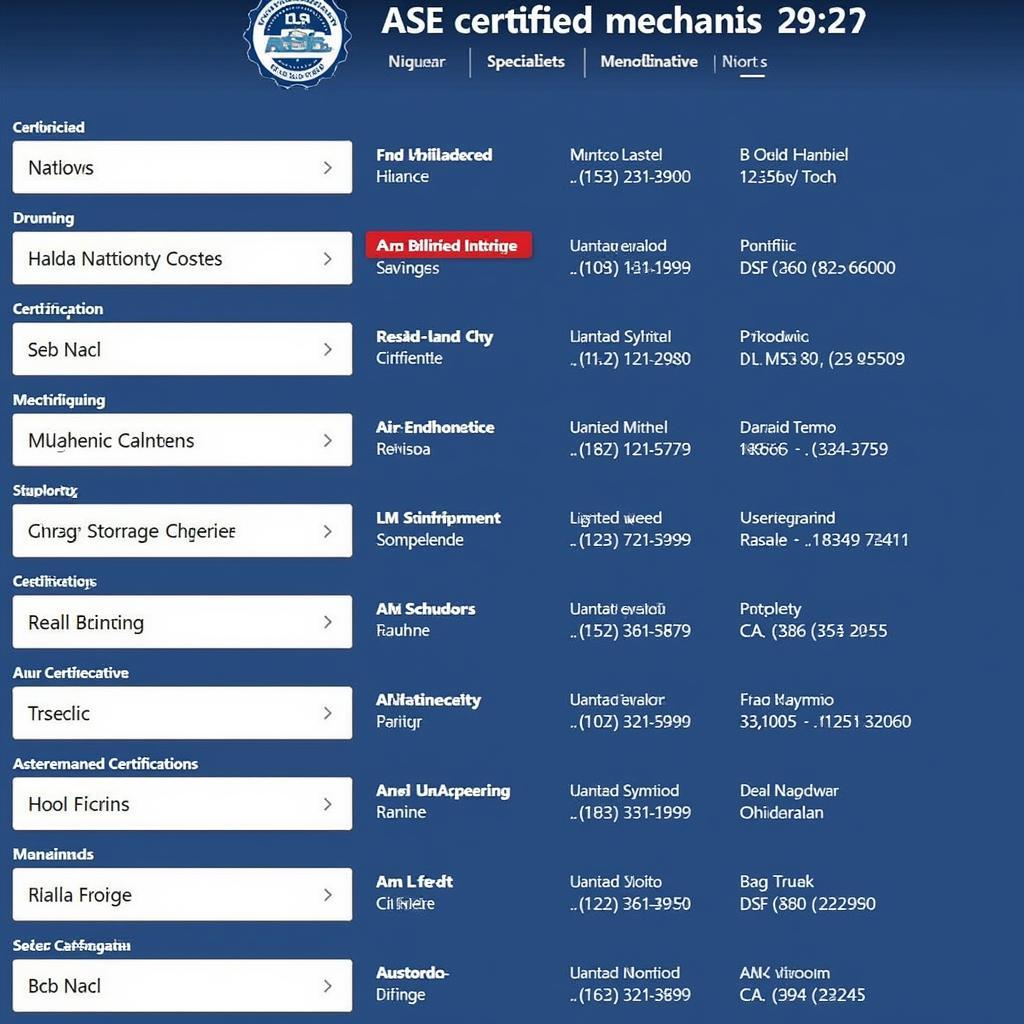“Apakah Intra Asean?” translates to “What is intra-ASEAN?” in English. This question opens the door to a deeper understanding of the complex web of collaborations, agreements, and shared goals that bind the nations of Southeast Asia together. Intra-ASEAN cooperation, at its core, refers to the various interactions and partnerships within the Association of Southeast Asian Nations (ASEAN) member states. These interactions span across diverse sectors, from economic and political spheres to socio-cultural exchanges, all aimed at fostering regional integration and promoting shared prosperity.
Delving into the Meaning of Intra-ASEAN
Intra-ASEAN cooperation is the engine driving regional integration. It’s the collaborative spirit that fuels economic growth, political stability, and social progress within the ASEAN community. This cooperation manifests in numerous ways, including trade agreements, joint military exercises, educational exchanges, and cultural festivals. By working together, ASEAN member states leverage their collective strengths to address shared challenges and achieve common goals. What exactly does this cooperation entail, and why is it so crucial for the region’s future?
The Pillars of Intra-ASEAN Cooperation
Intra-ASEAN cooperation isn’t a monolithic entity; it’s built on three fundamental pillars: the ASEAN Political-Security Community (APSC), the ASEAN Economic Community (AEC), and the ASEAN Socio-Cultural Community (ASCC). These pillars represent the diverse facets of integration, ensuring a holistic approach to regional development. The APSC focuses on maintaining peace and security, while the AEC aims to create a single market and production base. The ASCC, meanwhile, promotes a sense of shared identity and cultural understanding among ASEAN peoples.
What are the tangible benefits of these collaborative efforts? They range from increased trade and investment to enhanced regional security and improved quality of life for citizens. By fostering a stable and prosperous environment, intra-ASEAN cooperation lays the groundwork for sustainable development and a brighter future for all.
Why is Intra-ASEAN Cooperation Important?
Intra-ASEAN cooperation is the bedrock of the region’s stability and prosperity. It allows member states to pool their resources, share best practices, and present a united front on the global stage. This collaborative approach is particularly crucial in addressing transnational challenges such as climate change, terrorism, and pandemics.
What are some examples of successful intra-ASEAN initiatives? The ASEAN Free Trade Area (AFTA) has significantly boosted intra-regional trade, while joint disaster relief efforts have demonstrated the power of regional solidarity. These successes underscore the value of cooperation and its potential to transform the region.
Key Areas of Intra-ASEAN Collaboration
Intra-ASEAN collaboration extends to a wide range of sectors, including trade and investment, infrastructure development, tourism, education, and cultural exchange. These collaborative efforts contribute to a more integrated and interconnected ASEAN community, fostering a sense of shared identity and purpose.
The Role of ASEAN in Promoting Intra-Regional Trade
ASEAN plays a vital role in promoting intra-regional trade through initiatives like AFTA. By reducing tariffs and non-tariff barriers, AFTA has created a more conducive environment for businesses to operate and thrive within the region. This has led to increased trade flows, greater economic integration, and enhanced competitiveness for ASEAN businesses on the global stage. apakah matlamat penubuhan asean free trade area afta provides further insights into the objectives of AFTA.
Dr. Maria Santos, a leading economist specializing in Southeast Asian affairs, notes, “Intra-ASEAN trade is a key driver of economic growth in the region. By fostering a more integrated market, ASEAN is creating opportunities for businesses of all sizes to expand and prosper.”
Strengthening Regional Security Through Cooperation
Intra-ASEAN cooperation is also essential for maintaining regional security. Through joint military exercises and intelligence sharing, member states work together to combat terrorism, piracy, and other transnational threats. This collaborative approach enhances regional stability and creates a safer environment for citizens.
Professor Anwar Ibrahim, a renowned political analyst, observes, “ASEAN’s collective security efforts are crucial for maintaining peace and stability in the region. By working together, member states can effectively address shared security challenges.”
Conclusion: The Future of Intra-ASEAN
“Apakah intra ASEAN?” It’s a question that points towards a dynamic and evolving process of regional integration. Intra-ASEAN cooperation is not a static concept; it’s an ongoing journey of collaboration, adaptation, and growth. By continuing to strengthen their partnerships and pursue common goals, ASEAN member states can unlock the full potential of regional integration and create a more prosperous and secure future for all.
FAQ
- What are the main objectives of intra-ASEAN cooperation?
- How does intra-ASEAN trade benefit businesses in the region?
- What is the role of the ASEAN Secretariat in promoting intra-ASEAN cooperation?
- How does ASEAN address regional security challenges through cooperation?
- What are some examples of successful intra-ASEAN initiatives?
- How can citizens contribute to strengthening intra-ASEAN ties?
- What are the future prospects for intra-ASEAN cooperation?
Need support? Contact us 24/7: Phone: 0369020373, Email: [email protected], or visit us at: Thon Ngoc Lien, Hiep Hoa, Bac Giang, Vietnam.

